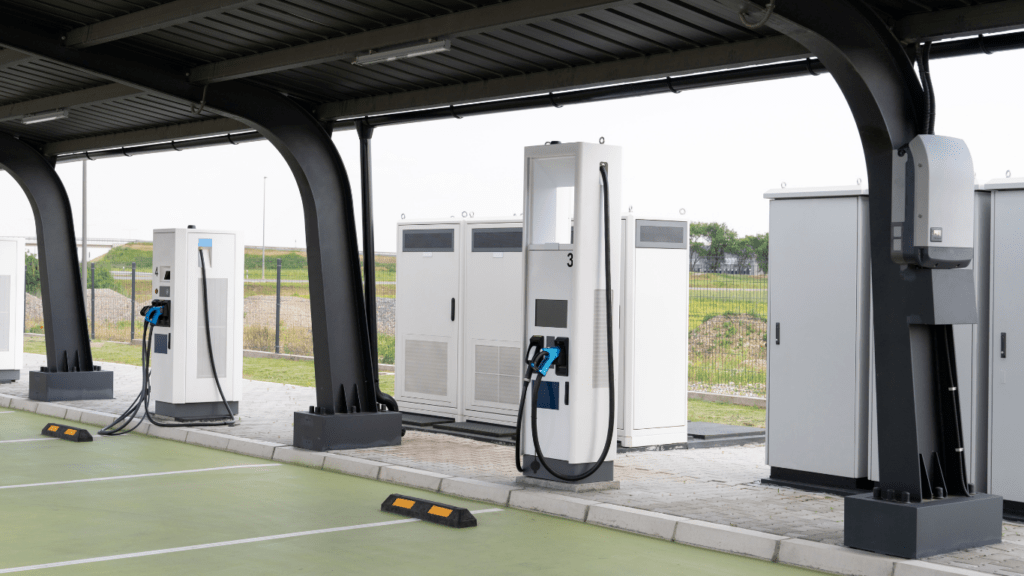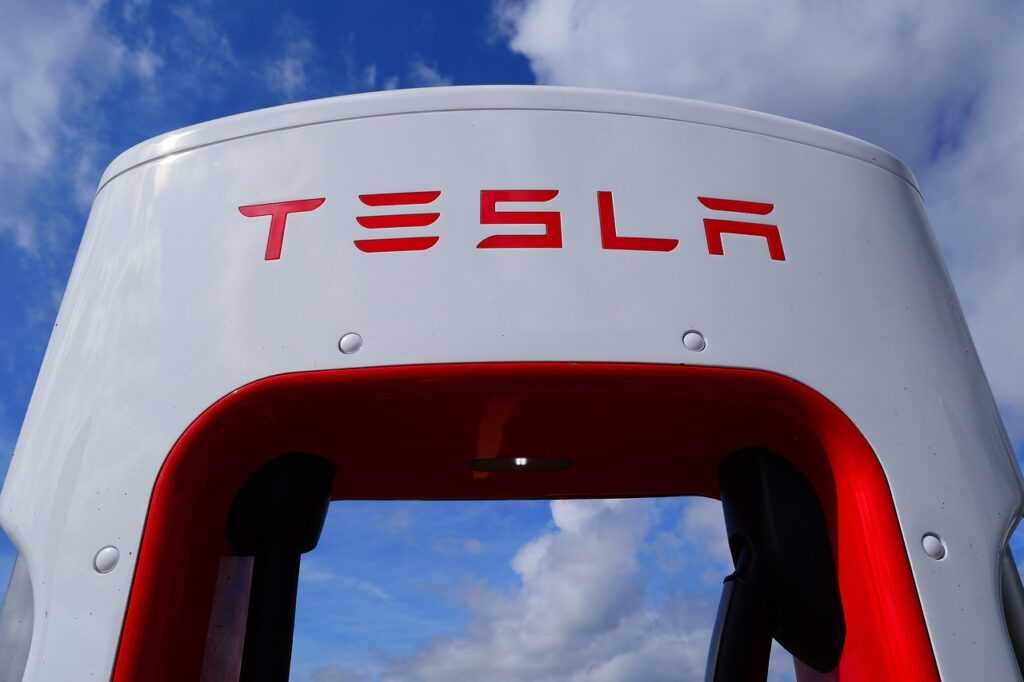The Role of Charging Infrastructure in Electric Vehicle Adoption
Charging infrastructure plays a critical role in the adoption of electric vehicles (EVs). It ensures drivers have convenient and efficient options for recharging their cars. As more charging stations become available, range anxiety decreases significantly. Consumers gain confidence in driving longer distances without fear of being stranded.
Luxury EV manufacturers like:
- Tesla
- Porsche
- Audi
benefit directly from an expansive charging network. High-end buyers demand not only performance but also convenience. Available charging points at strategic locations, such as shopping centers, office parks, and highways, meet this need. This accessibility makes owning a luxury EV more attractive and practical.
Government initiatives also boost charging infrastructure expansion. Subsidies and grants incentivize businesses to install more stations. This support accelerates the infrastructure buildout, further easing consumer concerns about EV viability. Public and private sectors collaborate to offer seamless charging experiences.
Additionally, technological advances in charging speed improve the user experience. Fast-charging stations can replenish a vehicle’s battery in under an hour, minimizing downtime. These innovations make EVs more comparable to traditional gasoline vehicles in terms of convenience.
Robust charging infrastructure is essential for accelerating luxury EV adoption. It addresses range anxiety, meets the demands of high-end consumers, leverages government support, and incorporates technological advancements in charging speed. This development transforms the EV landscape, driving increased sales and broader acceptance.
Evolution of Charging Infrastructure
Charging infrastructure has come a long way in boosting luxury electric car sales. Key developments have addressed early challenges and introduced modern advancements that enhance the EV ownership experience.
Early Challenges and Solutions
In the early days, owners of luxury EVs faced limited charging options, which led to range anxiety and hindered widespread adoption. Charging stations were scarce, primarily located in urban areas, making long-distance travel impractical for many drivers. Initial solutions involved installing more stations in key urban locations and along major highways.
Governments and private companies began collaborating to create a more reliable network. For example, some governments offered subsidies for setting up home charging units, and private enterprises invested in public charging points at shopping centers and parking lots. These efforts made it more convenient for early adopters to own and operate luxury EVs.
Modern Advancements
- Today, advancements in charging technology have significantly improved the EV experience.
- Fast-charging stations now replenish a significant amount of battery power in under an hour.
- The expansion of ultra-fast chargers, capable of delivering up to 350 kW of power, allows luxury EV drivers to add hundreds of miles of range quickly.
- The proliferation of charging networks by companies like Tesla, ChargePoint, and Electrify America has increased the number of accessible and reliable charging options.
- Tesla’s Supercharger network spans thousands of locations, providing extensive coverage for its users.
These advancements have reduced charging times and alleviated concerns about long-distance travel, making luxury EVs a more viable option for daily use and long journeys.
Impact on Luxury Electric Car Sales
The expansion of charging infrastructure significantly impacts luxury electric car sales by boosting consumer confidence and convenience. Strategic placement of charging stations and advancements in charging technology influence purchasing decisions.
Consumer Confidence and Convenience
Widespread charging stations increase consumer confidence. Drivers no longer worry about range anxiety, knowing they can recharge easily. High-speed chargers reduce total charging time, making long-distance travel practical. For example, Tesla’s Supercharger network assures customers they can always find a charger, even on cross-country trips.
Convenience at premium locations enhances the experience. Charging stations in shopping centers, hotels, and highways offer luxury EV owners seamless integration into their lifestyles. With accessible charging points, the luxury EV ownership experience becomes hassle-free, adding value to the vehicle purchase.
Influence on Purchasing Decisions
Charging infrastructure influences purchasing decisions. Potential buyers see a well-developed network as a critical criterion. The ability to recharge quickly and easily makes luxury EVs more attractive. For instance, Audi e-tron buyers prioritize the availability of fast-charging options to complement the vehicle’s high performance.
Government and private sector efforts in expanding EV charging networks encourage investment in luxury electric vehicles. Subsidies for home chargers and public charging stations increase the perceived value of owning a luxury EV, leading to higher sales. Automakers highlight their commitment to this infrastructure to reassure and attract customers, further driving luxury electric car sales.
Key Players in Charging Infrastructure

Charging infrastructure plays a pivotal role in boosting luxury electric car sales. Key players, both from the government and private sector, heavily contribute to this infrastructure’s development.
Government Initiatives
Government initiatives significantly enhance the charging infrastructure for luxury EVs. Policymakers provide subsidies for installing charging stations in urban areas and highways. For instance, the Federal Highway Administration allocates funds to establish EV corridors across the United States. These strategic efforts alleviate range anxiety, encouraging luxury EV adoption.
Private Sector Contributions
The private sector also drives the expansion of charging infrastructure. Companies like Tesla have built extensive networks, such as the Supercharger network, offering fast-charging solutions. Additionally, partnerships between automakers and charging station providers, like the collaboration between Audi and Electrify America, ensure broader coverage and convenient locations. This dual approach from automakers and providers boosts consumer confidence in luxury EVs, significantly impacting sales.
Leveraging both government initiatives and private sector contributions, the charging infrastructure fosters a conducive environment for luxury electric car market growth.
Real-World Examples
The growth of charging infrastructure has significantly impacted the luxury electric vehicle (EV) market. I can highlight the influence of two major factors: Tesla’s Supercharger network and public-private partnerships.
Tesla Supercharger Network
Tesla’s Supercharger network exemplifies how advanced charging infrastructure can boost luxury EV sales. The Supercharger stations offer fast-charging capabilities, enabling a Tesla to regain significant battery power in about 30 minutes. This rapid charging reduces downtime, making long-distance travel feasible. Tesla has strategically placed over 25,000 Superchargers globally in key locations such as highways, city centers, and popular travel stops, ensuring that drivers have convenient access to charging facilities. This extensive and efficient network supports the high performance and convenience expected by luxury EV owners, boosting consumer confidence and driving Tesla’s sales growth.
Public-Private Partnerships
Public-private partnerships have played a crucial role in expanding charging infrastructure, particularly for luxury EVs. Collaborations between governments and private entities have facilitated the installation of charging stations in diverse locations. For instance, Electrify America, a significant player in the EV charging space, has partnered with various automakers, including Audi, to offer extensive charging options.
These partnerships ensure that charging stations are available at premium locations such as shopping centers, upscale hotels, and major highways. Government incentives further enhance these efforts by subsidizing installation costs and promoting the adoption of home chargers. These collaborative strategies have enhanced the practicality and appeal of luxury EVs, significantly driving sales.
Future Prospects
Future developments in charging infrastructure hold great potential for boosting luxury electric car sales. Advanced technologies and strategic expansion plans will continue transforming the electric vehicle landscape.
Technological Innovations
Charging technology advancements will drive the luxury EV market’s growth. Ultra-fast chargers capable of delivering 350 kW speeds enable near-instant battery replenishment, shrinking downtime and enhancing convenience. Wireless (inductive) charging technology promises a seamless experience, where EV owners can charge their cars by simply parking over a charging pad, eliminating the need for cables.
Battery swapping technology is emerging as another innovative solution. Instead of waiting for a battery to charge, drivers exchange their depleted battery for a fully charged one in minutes. NIO is pioneering this method in China, setting a precedent for future technological advancements.
Expansion Plans
Comprehensive expansion plans for charging infrastructure will further bolster the luxury EV market. Governments and private sectors are investing heavily in developing extensive networks of charging stations in urban centers and along transport corridors.
Tesla’s commitment to expanding its Supercharger network includes adding thousands of units annually and enhancing coverage in underserved regions. Electrify America has plans to install over 10,000 chargers by the mid-2020s, with a focus on ultra-fast charging capabilities. Collaborations between automakers and utilities, like the partnership between BMW and ChargePoint, aim to create a seamless charging experience for luxury EV drivers.
Luxury EV sales will benefit from these developments as enhanced convenience and accessibility reduce range anxiety and increase consumer confidence.



 Founder & CEO
Founder & CEO
